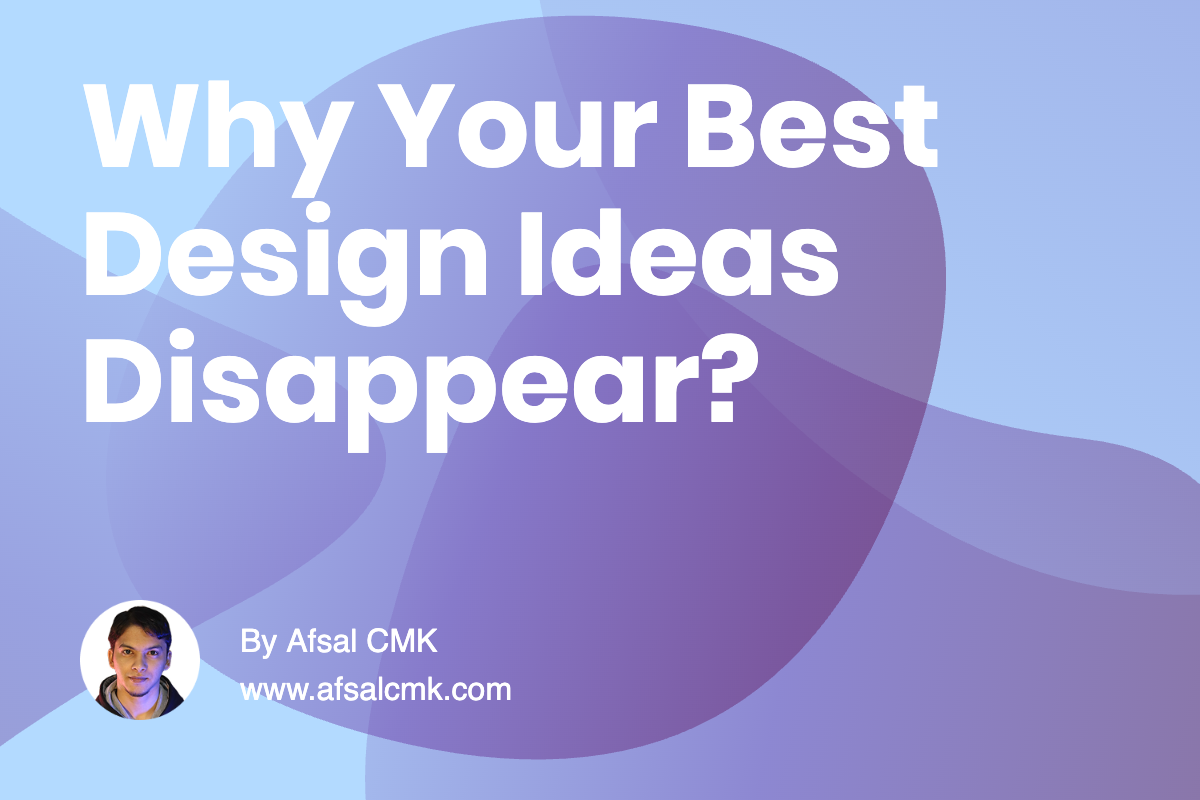
Why Your Best Design Ideas Disappear?
There’s a conversation in the design industry that often surfaces but rarely gets addressed deeply: Design Ownership. Many product designers feel that their original ideas are being diluted over time, and that their unique perspective disappears once the design moves through implementation. I’ve seen this happen-what began as a thoughtful, intentional design ended up looking like a compromise of compromises. The issue isn’t always about skill or process, but about ownership.
Design Ownership means that a designer maintains responsibility and influence over their design, even after it has been handed off. It ensures that original intent is preserved, that decisions have context, and that creativity doesn’t vanish under layers of edits. Without it, designers lose not just control, but confidence in their ability to see work through to impact.
The problem is clear: when ownership fades, designs drift. A layout adjusted without context, a flow reworked without considering why it existed-these small changes accumulate. The result is a product that feels fragmented, and a design culture where creativity gets stifled. Over time, this can weaken both innovation and morale.
The solution isn’t to lock designs in place or resist collaboration. It’s about implementing a system of ownership that balances responsibility with flexibility. Designers should be empowered to defend their intent while still collaborating openly with engineers, PMs, and stakeholders. Ownership means being accountable for the outcome, not just the output.
Establish a shared understanding of what design ownership means in the teamMake sure designers are aware of their rights and responsibilitiesReward originality and ensure credit is visibleWhen teams implement design ownership well, something shifts. Designers feel trusted, stakeholders feel aligned, and products carry a clearer sense of purpose. The originality of ideas isn’t lost in translation-it becomes the foundation of progress. In the end, design ownership isn’t about ego. It’s about respect for the craft and creating an environment where creativity can thrive without getting lost in the process.